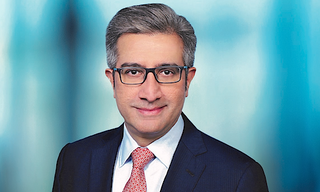One of the effects of COVID-19 has been to significantly reduce the number of unbanked individuals in the archipelago, a study says.
Philippine banks have long been hampered by low penetration rates among the general populace, but pandemic-related restrictions may finally have the tipping point for deep-seated change.
According to a Maybank Securities study titled «the inevitable digital wave», the number of banked Filipinos climbed to 41.2 million, or 53 percent of all adults, at the end of September 2021. That was nearly double the pre-pandemic total of 20.9 million at the end of December 2019. The study indicated that between January 2020 and September 2021, 20.3 million Filipinos were onboarded for the first time and 16.8 million became new e-wallet accountholders.
Spurred by Necessity
«This accelerated growth was borne out of necessity as mobility restrictions during the pandemic provided no other choice for Filipinos except to transact digitally. This translated to significantly higher fee income for banks,» the report said.
But while the number of Filipinos making digital payments has risen, around 80 percent of all payments are still made physically, the report said. In addition, the rise in account ownership was driven by e-wallets, leaving a significant majority of the country’s adult population unbanked.
Many of the country’s banks have opted to stop opening physical branches to refocus on improving their digital infrastructure instead, the report added.


























